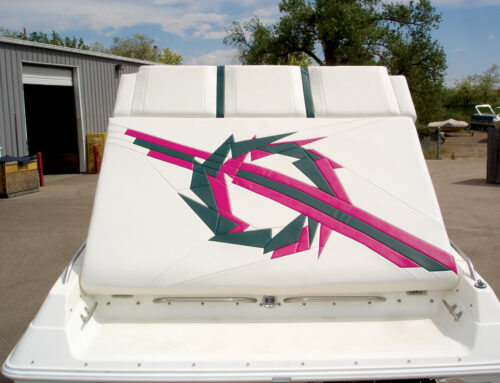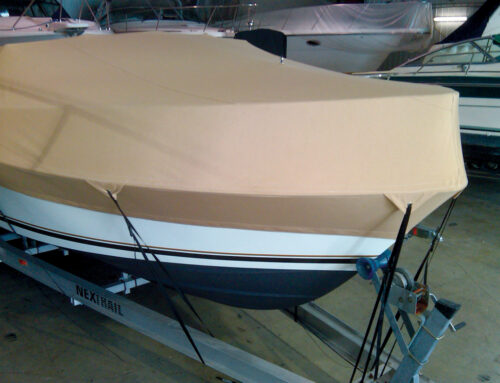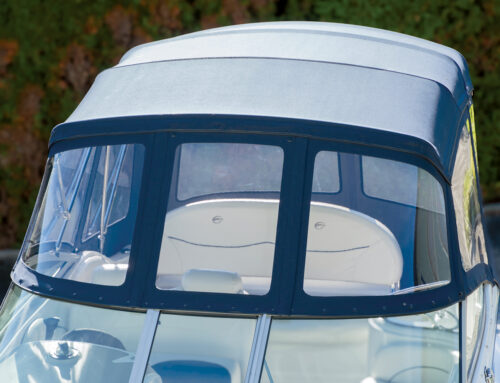Marine fabric-fitting techniques
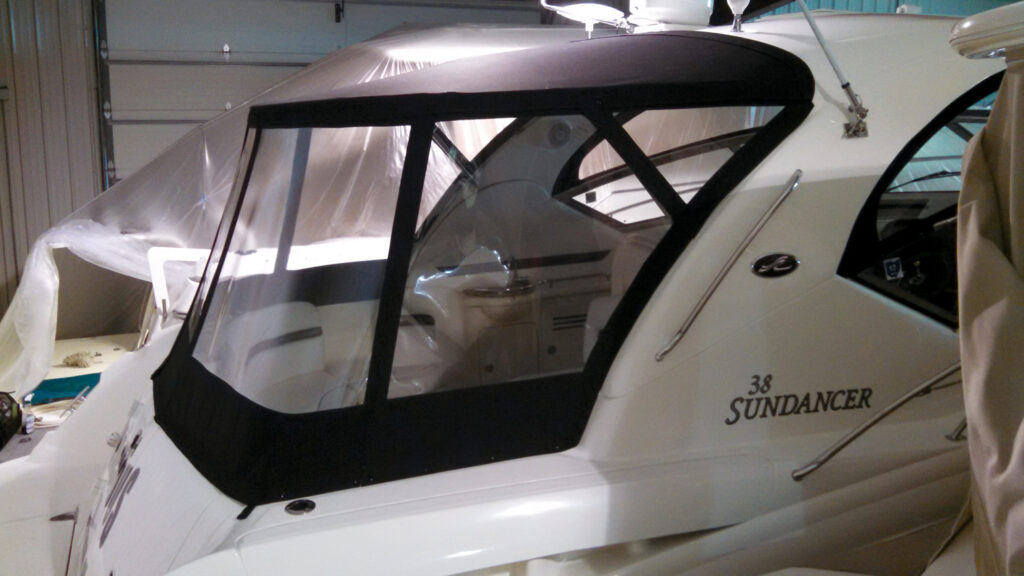
Most everyone is familiar with the term patterning: as in to make a pattern of something. Basic patterning requires a material with which to create the pattern such as a clear plastic like Canvex®, Tyvek® or even cardboard. After the basic/general pattern is made, the final shape is drawn onto the pattern by connecting lines and reference marks made during the patterning process. Then, the pattern is trimmed to shape. The pattern is then transferred onto the finish-fabric (e.g., Sunbrella®, Stamoid®, WeatherMAX®) for trimming. Once the shape has been trimmed to size, reference marks for zippers, darts, cutouts, reinforcements, etc. can be transferred to the finish-fabric as well. Then, it’s on to the sewing stage where the fabric pieces are sewn to one another and trimmings are added such as binding, reinforcements, Velcro®, zippers, cutouts, flaps or clear vinyl glass.
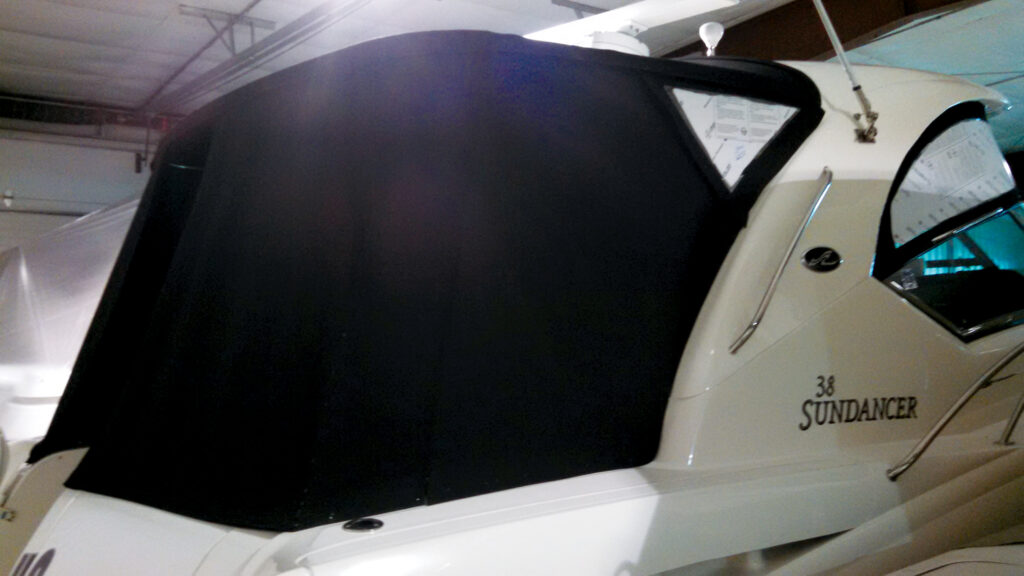
Fabric fitting vs. patterning
Perhaps in my younger days I was more emphatic about using the fabric-fitting method versus the plastic-patterning method. Today, digital patterning is becoming popular as well. My current opinion is that canvas makers should use whatever method is most successful for them. Better still, understand how to do all the methods, and you’ll be able to match pieces to any job.
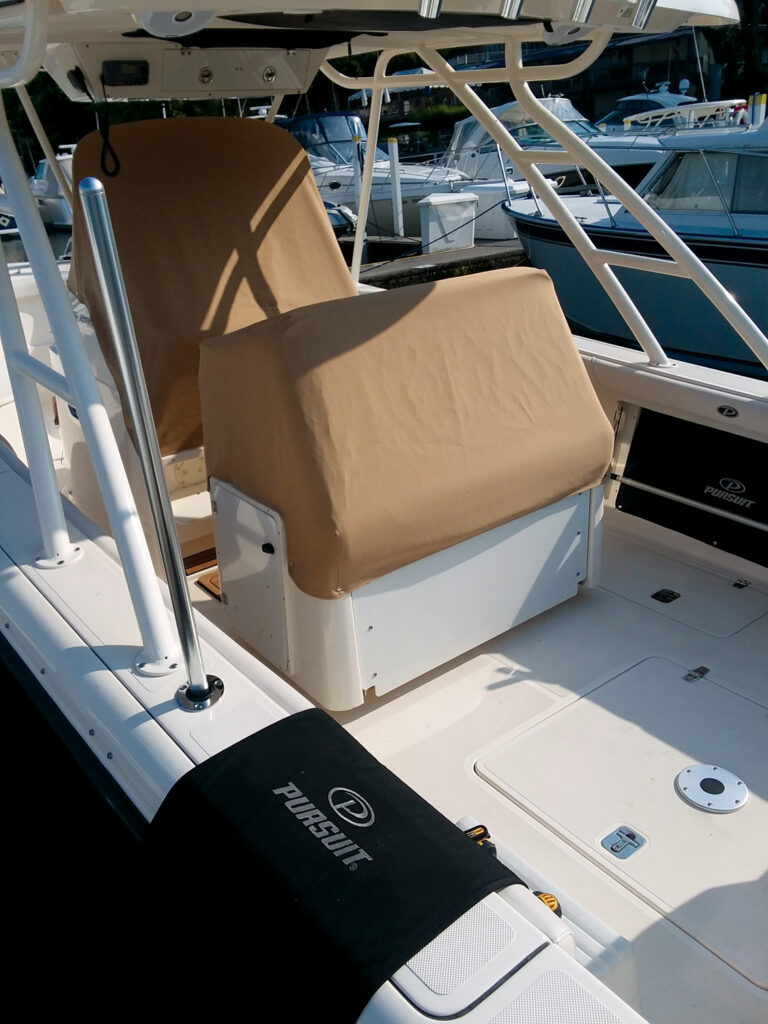
That said, my preferred method is still fabric-fitting. Fabric-fitting is basically the same as patterning with one big difference: The pattern is made using the actual finish-fabric. The finish-fabric is both the pattern and the finished product, and here are the advantages of using this method:
There is no transfer time. There is no pattern to cut out, no marks to transfer, no second cutting process. This saves time. At $150-per-hour shop rate, we need to save time! When using a fabric-fitting method, the step of transferring the pattern onto the finish-fabric is completely eliminated since all of your reference marks are already on the fabric. This allows fitters to move quickly from the layout stage directly to the sewing stage.
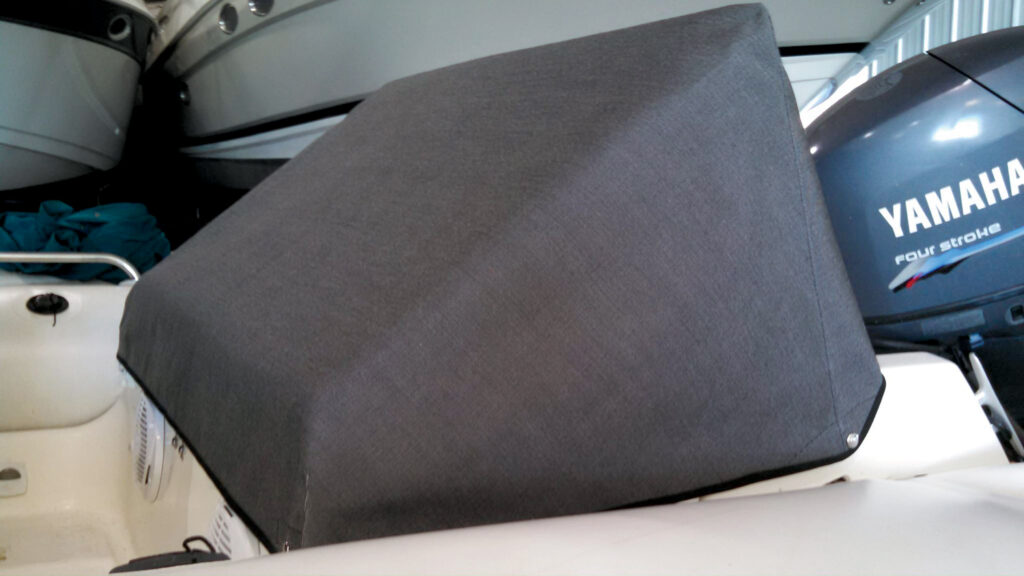
The total cost per yard of material is less because you don’t need to purchase both patterning material and finish fabric.
The fitter gets to see the finished product before you cut and sew it. By fitting in fabric, you will know if the finished product is going to look good because you are looking at it during the fitting process. If it looks good on the boat during the fitting, it will look good when it is installed.
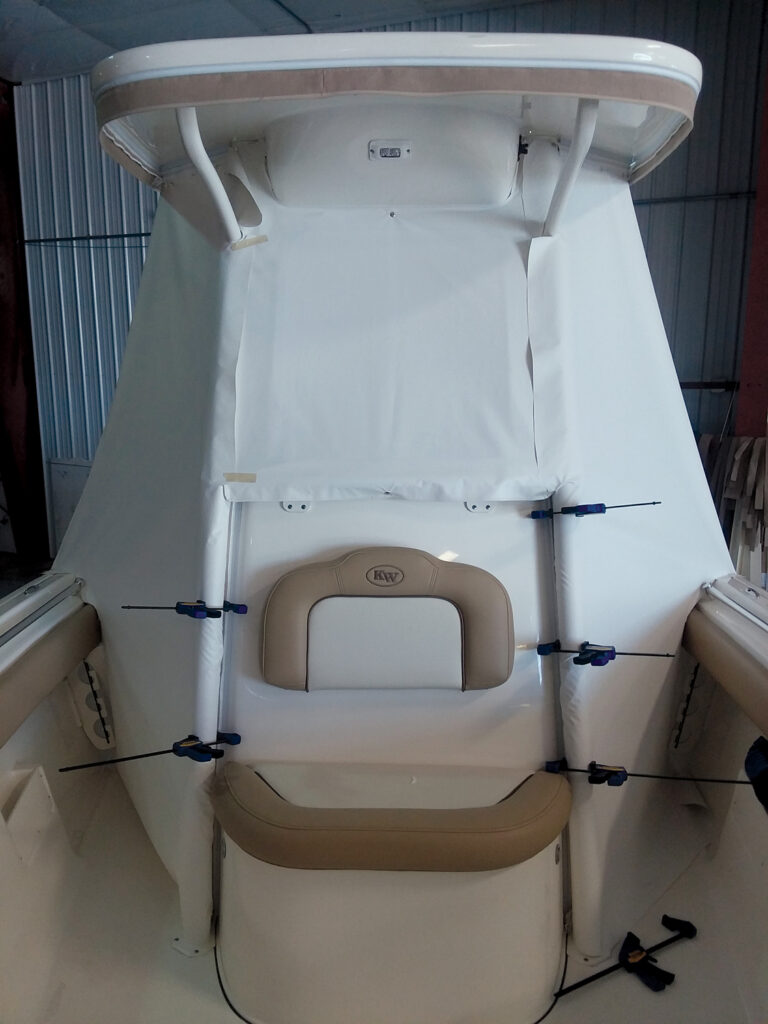
This is not always the case when patterning. Back in the early days when we patterned using plastic, our patterns always looked beautiful, lay flat and were a perfect fit. However, it was a different story when the finished product was installed. Why does this happen? Because patterning material is directionally stable. That’s a fancy term for no stretch. However, the finish-fabric has stretch. When you transfer the pattern to a material that has stretch, wrinkles will show up in the finished piece that were not present on the pattern.
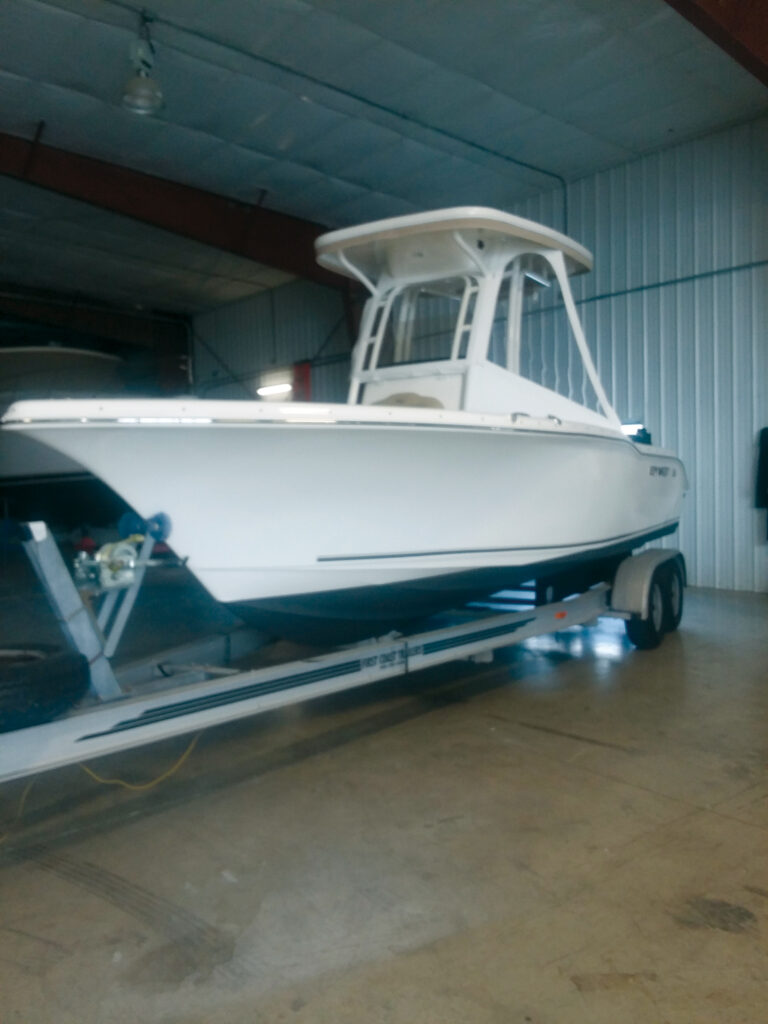
(Supposed) benefits of plastic
So why doesn’t everyone fit in fabric? There are a lot of good reasons why canvas makers pattern in plastic. Here are some of them:
You can avoid a bad cut. Canvas makers are often timid when cutting the finish-fabric at the boat because they worry they will cut the fabric in the wrong place. Plastic pattern material allows you to patch up a bad cut and continue by simply patching the plastic pattern material with tape. I cannot argue that this is a saving grace. Yet I must say that as your experience grows, bad cuts happen less often and are always recoverable by using a technique we call “creative reinforcement.” Any good carpenter can cover a mistake and make it appear intentional, perfect or unnoticeable. We are carpenters of fabric!
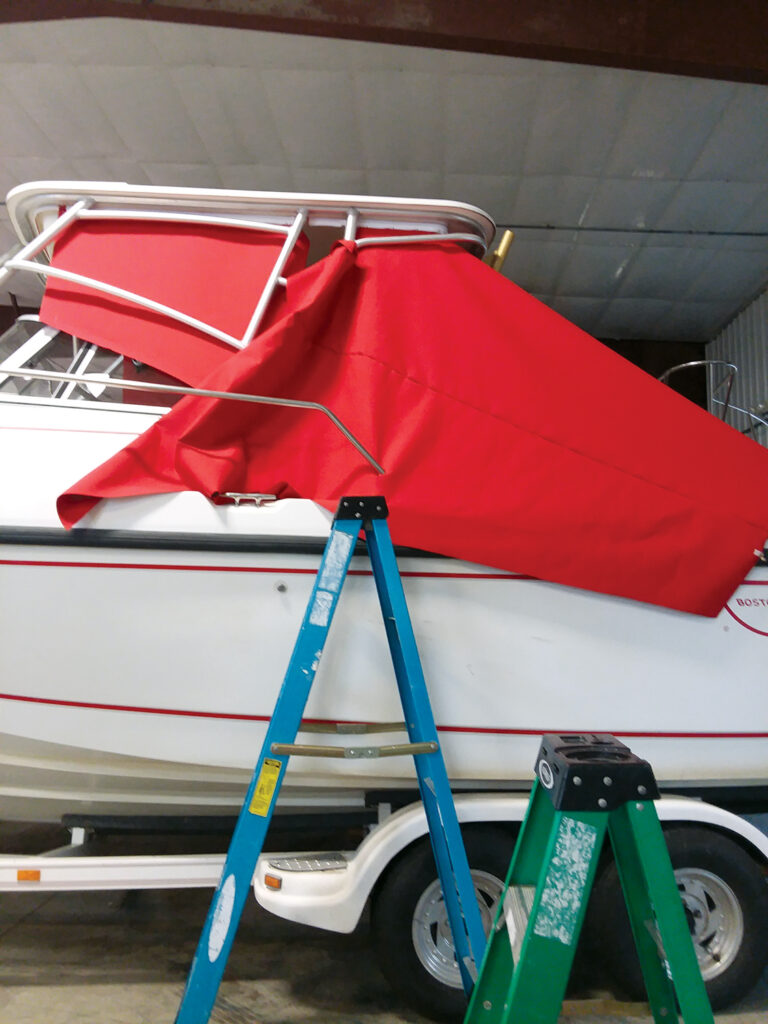
Windows cost less to fabricate because less finish-fabric is used when making patterned windows. This seems reasonable because strips of fabric are added to the PVC glass as opposed to the panel being totally made first in fabric and then cutting away the glassed areas. Patterning people claim there is a lot of waste when fabric-fitting windows. In our shop, we don’t have any more waste than a plastic-patterning shop. What we do have is repurposed materials. These cutout pieces become hatch covers, tote bags, helm covers, seat covers, reinforcements and so on.
Patterns can be used for future projects. In 20 years of making great canvas, I’ve never seen two boats that were identical. In fact, the average boat can be up to 2 inches different in size right from the manufacturer’s assembly line. This is due to the way fiberglass cures, as it is affected by temperatures and humidity on a particular day, according to Sea Ray. Fasteners on boat A are not going to be in the same location on boat B, even though they are the same make, model and year. Accessories installed by the customer can be located anywhere and completely change the way your pieces are shaped. Objects such as towers, hardtops and windshields are usually never square from one boat to another. If these objects or fasteners are ¼ inch off from your pattern, your previously created pattern won’t do you much good on the current project.
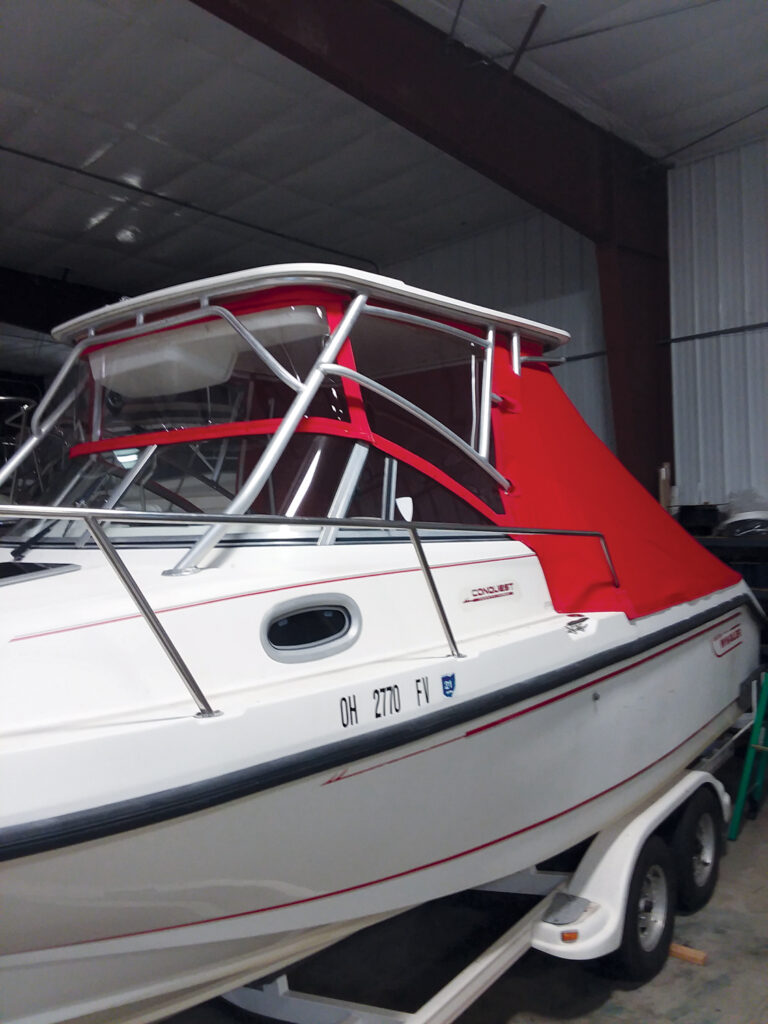
Do what works for you
Ultimately, does it really matter if a fabricator practices fabric-fitting or patterns in plastic, uses cardboard or digitally scans the boat? I say no as long as the final product is functional, is pleasing to the eye, and gives you the best results and the best value for the customer. However, if you are looking to speed up your processes by reducing assembly time, perhaps fabric-fitting is worth a try!
Russ Griffin is co-owner of Northcoast Marine Specialties LLC, which operates a training facility in the art of canvas making in Port Clinton, Ohio.
 TEXTILES.ORG
TEXTILES.ORG 


